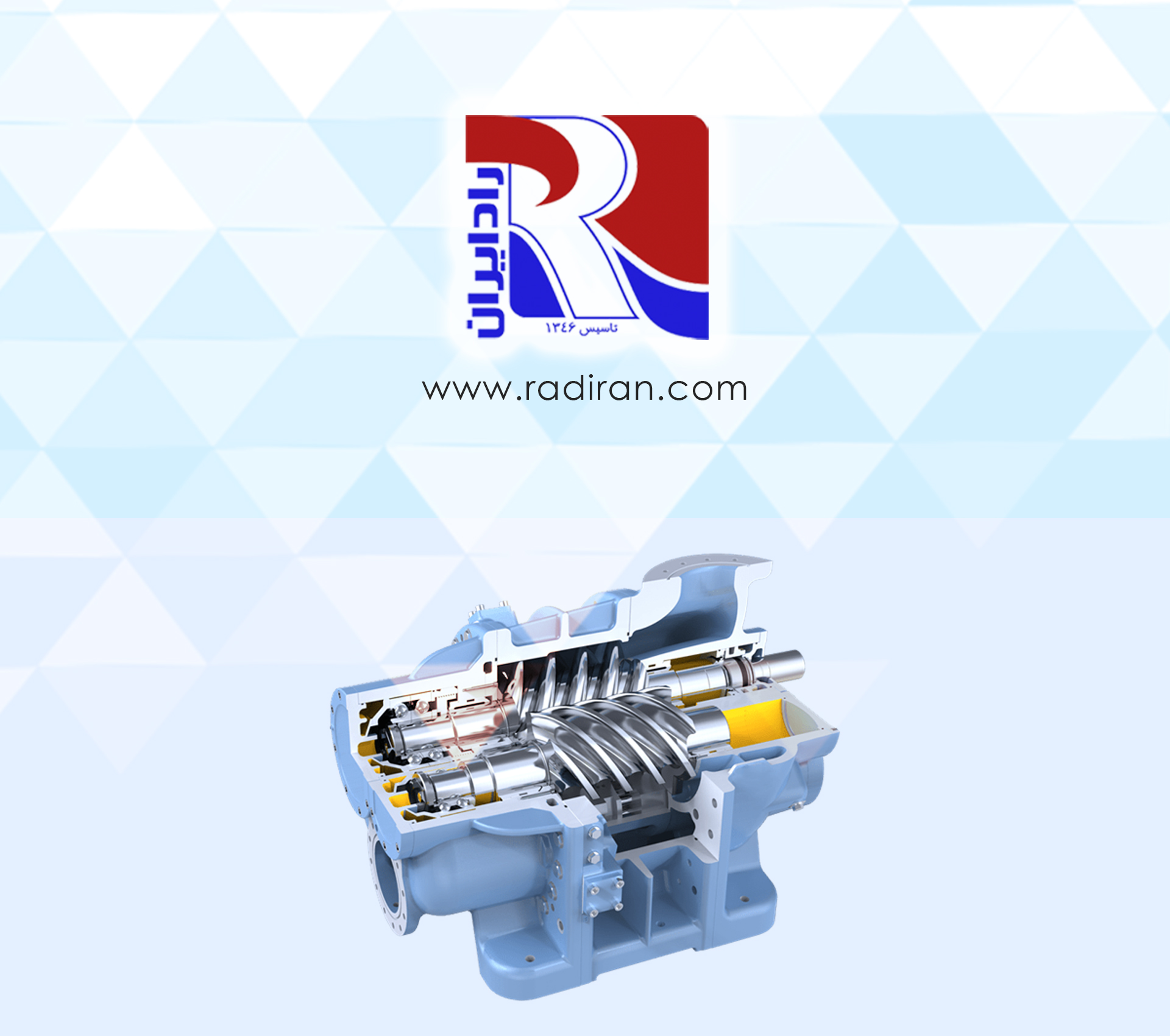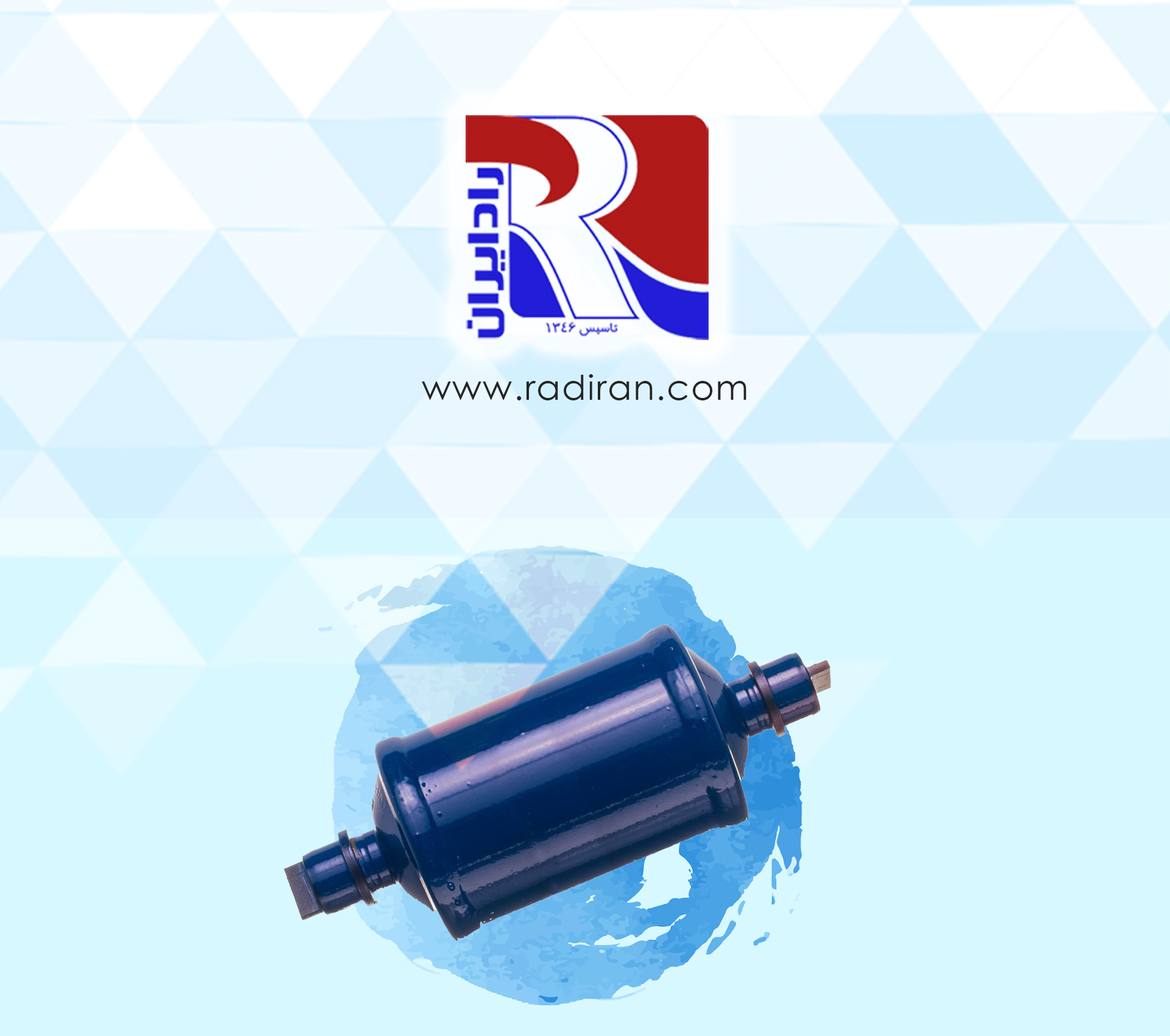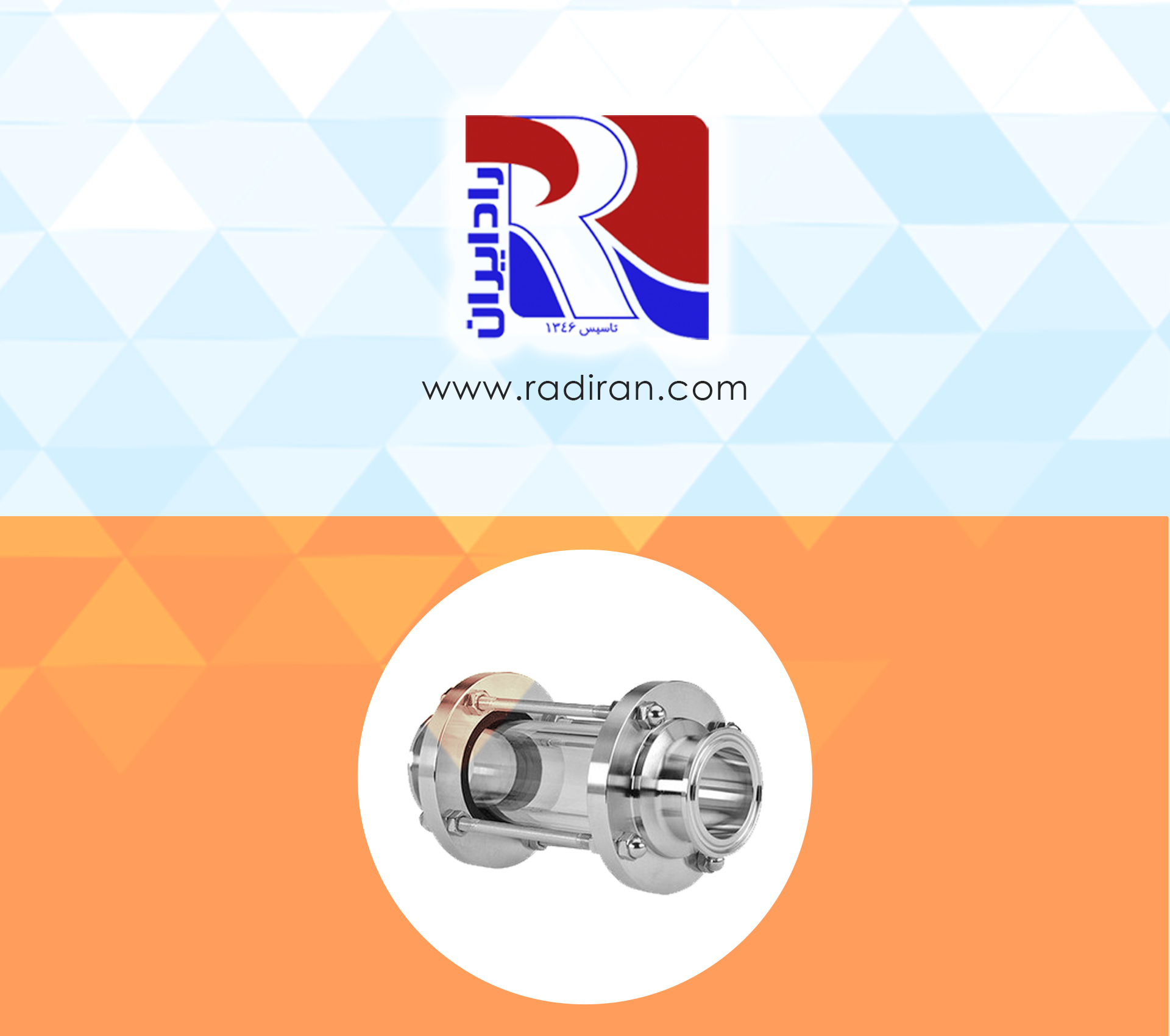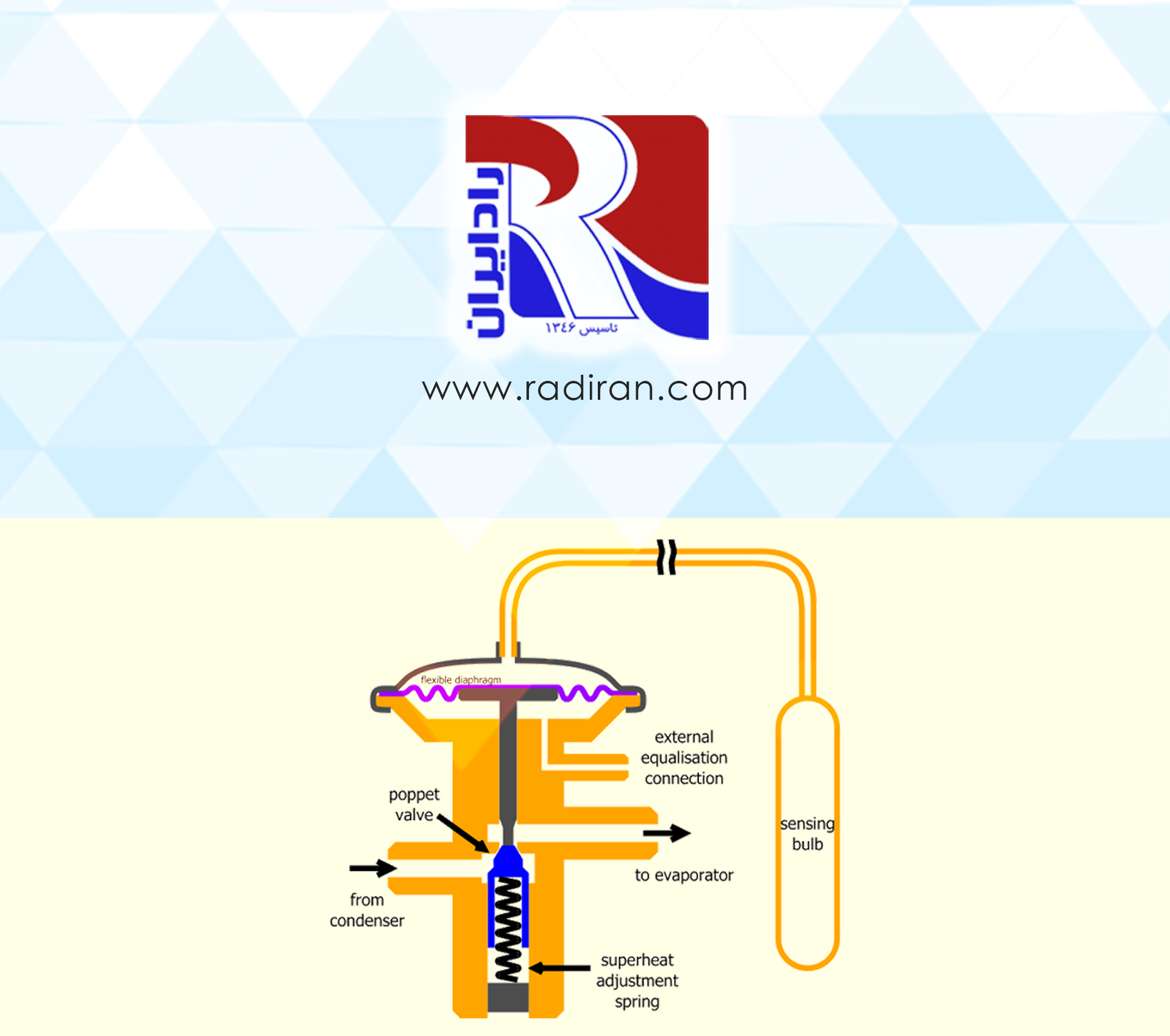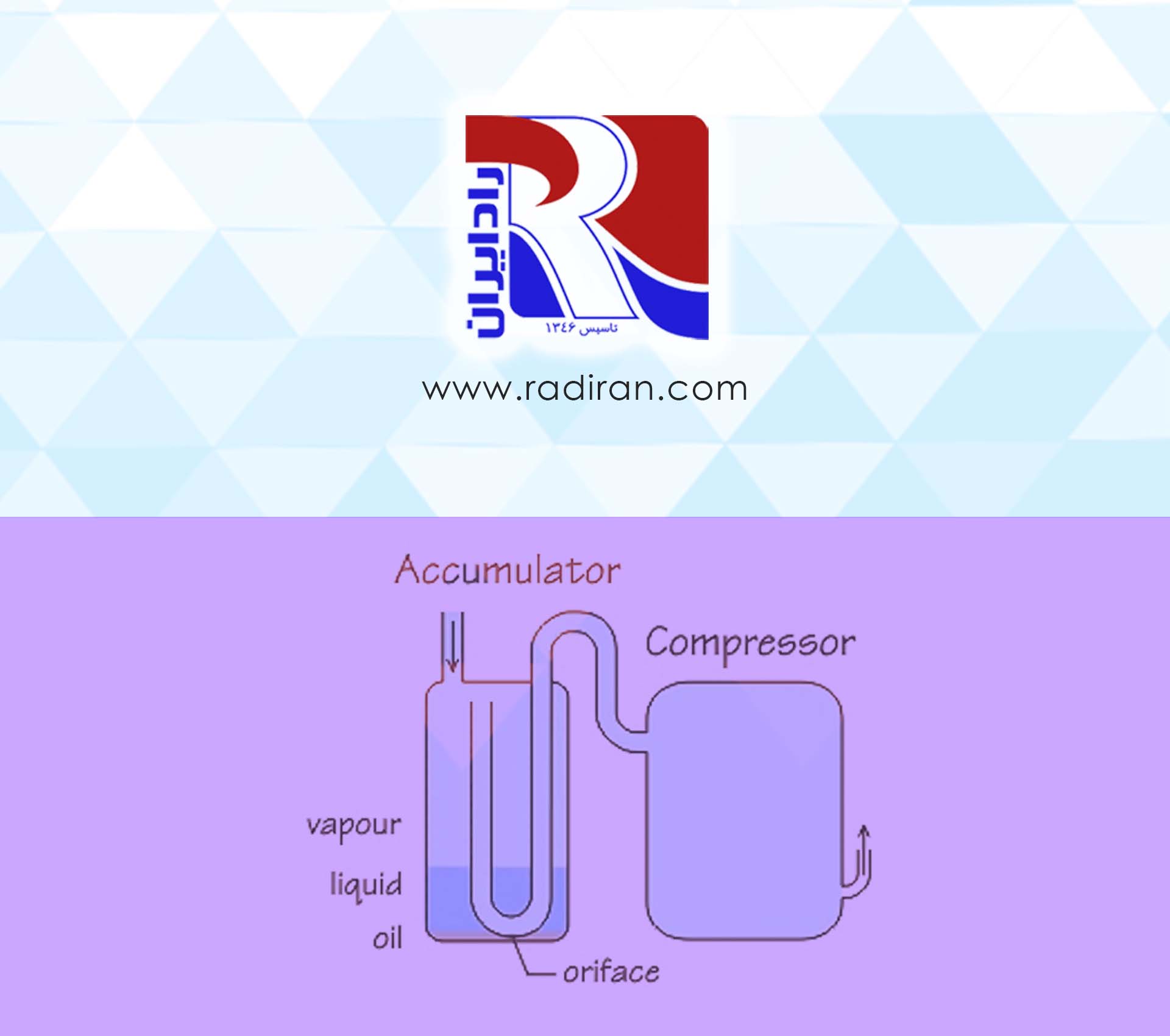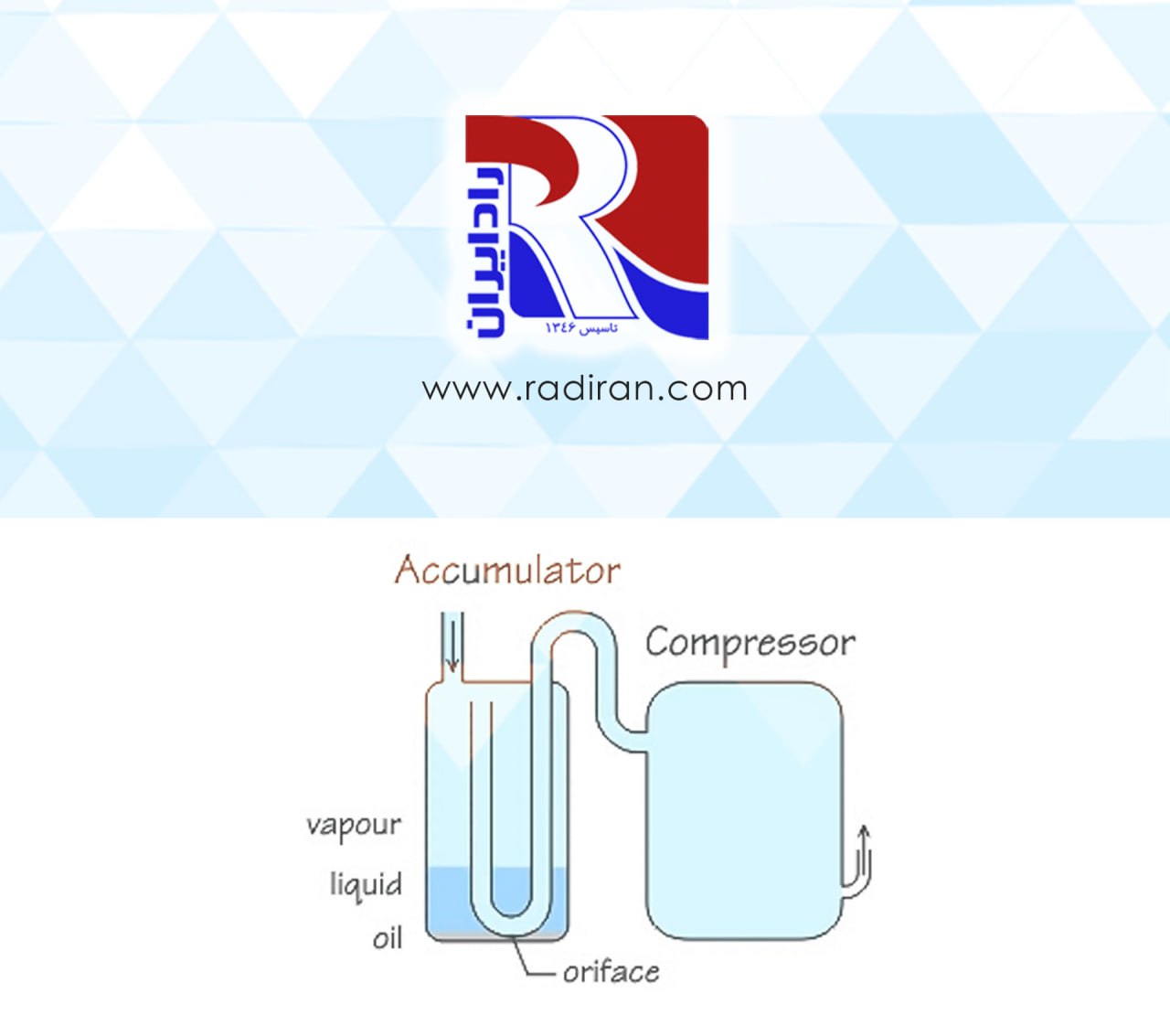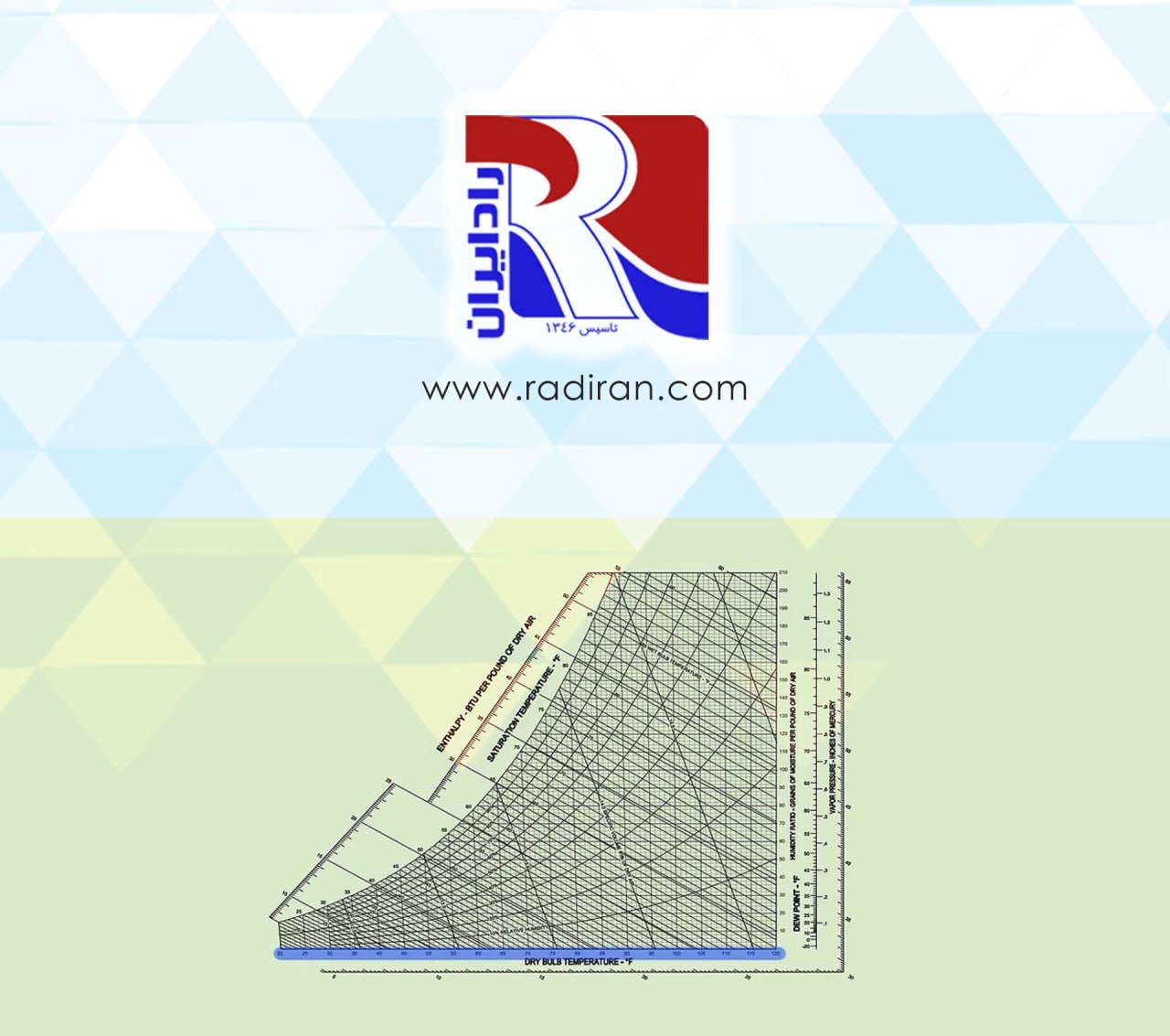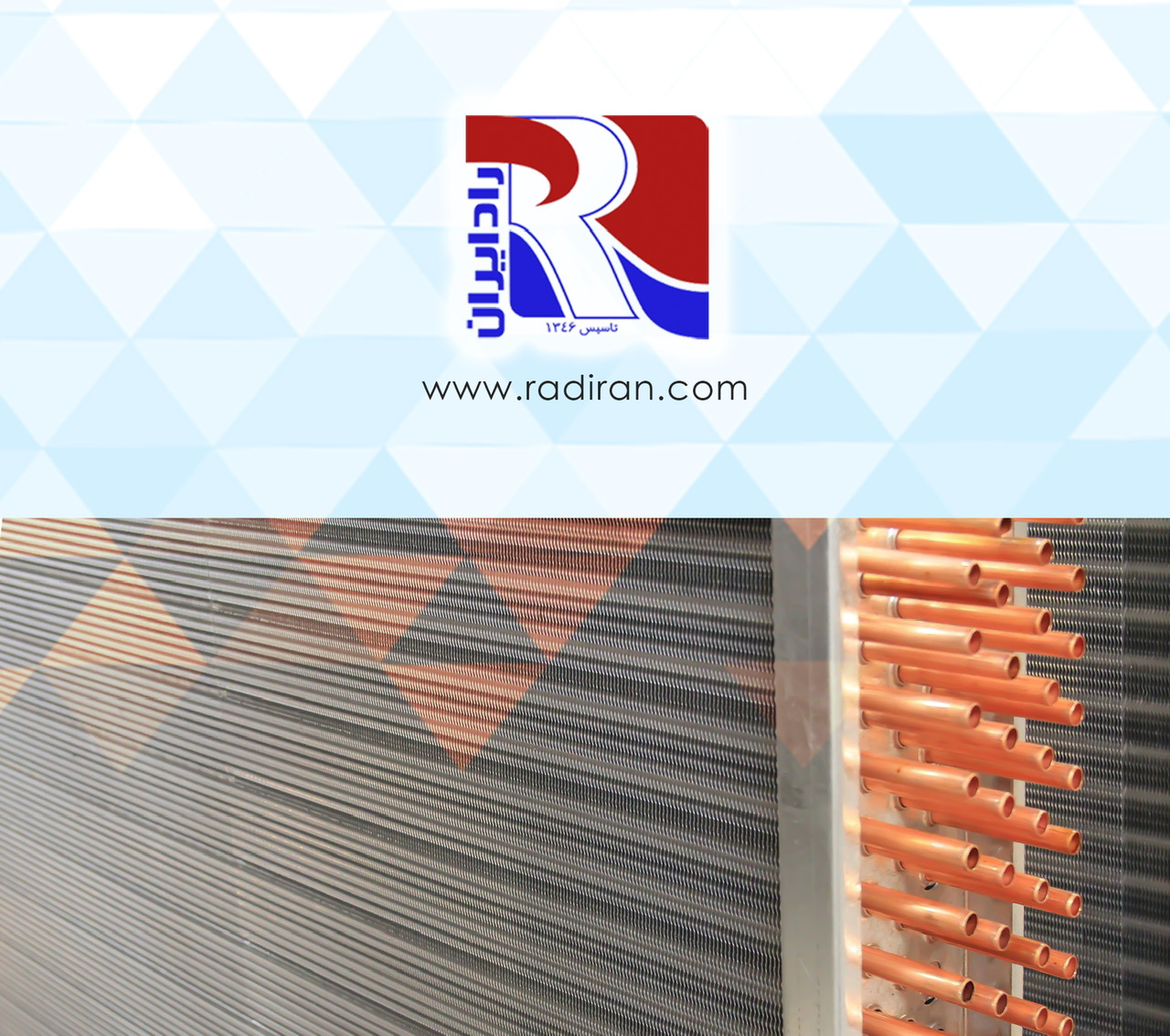Screw Compressor: Working Principles and Operation
Introduction to Screw Compressors A screw compressor is a type of rotary compressor made up of two helical rotors: a male rotor and a female rotor. These rotors are designed to rotate around each other and compress gas. One of the rotors is connected to the main motor, while the other rotors move due to the first rotor's rotation. This process reduces the volume of gas in the rotor's grooves, resulting in compression. Structure and Design of the Rotors The screw compressor consists...

